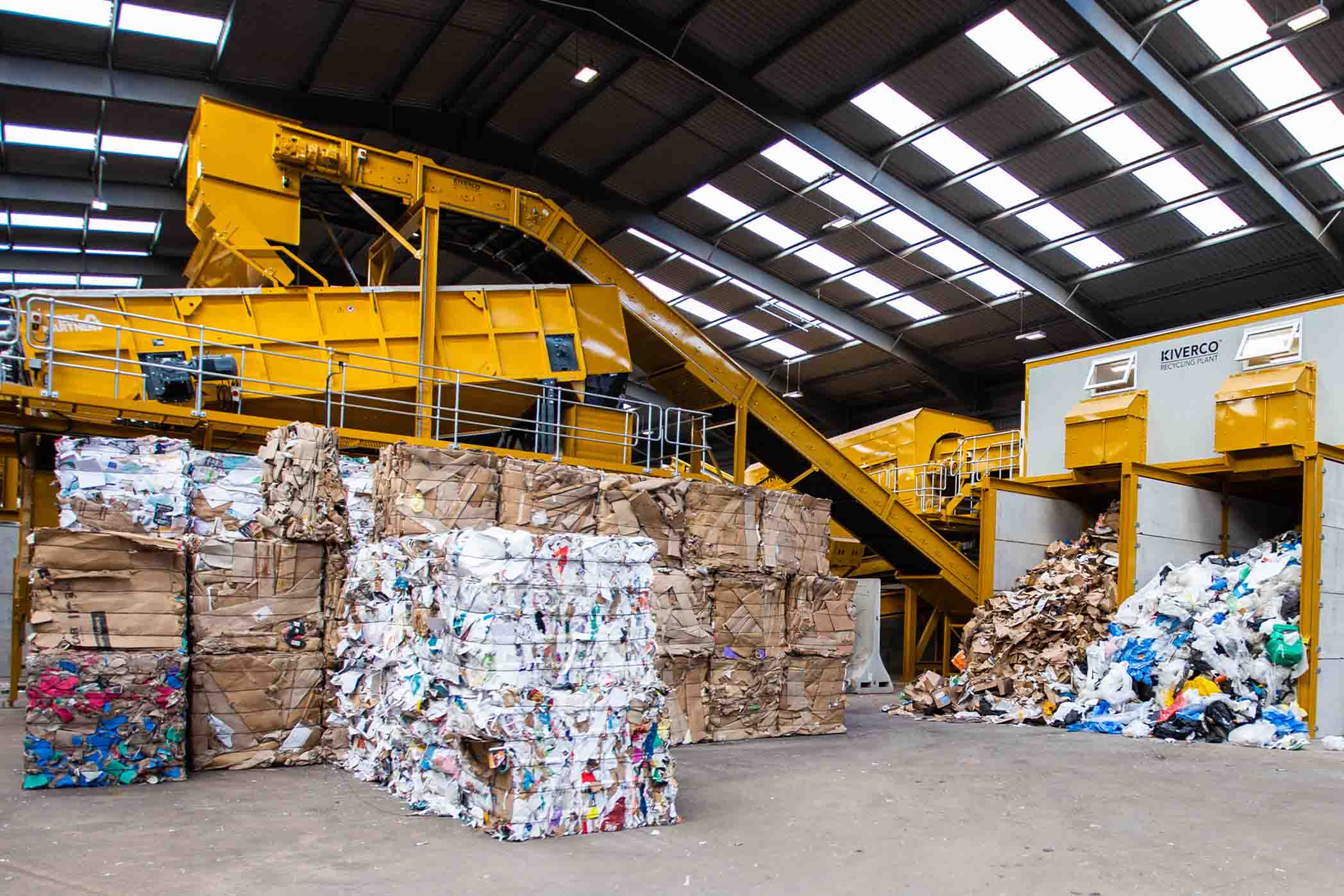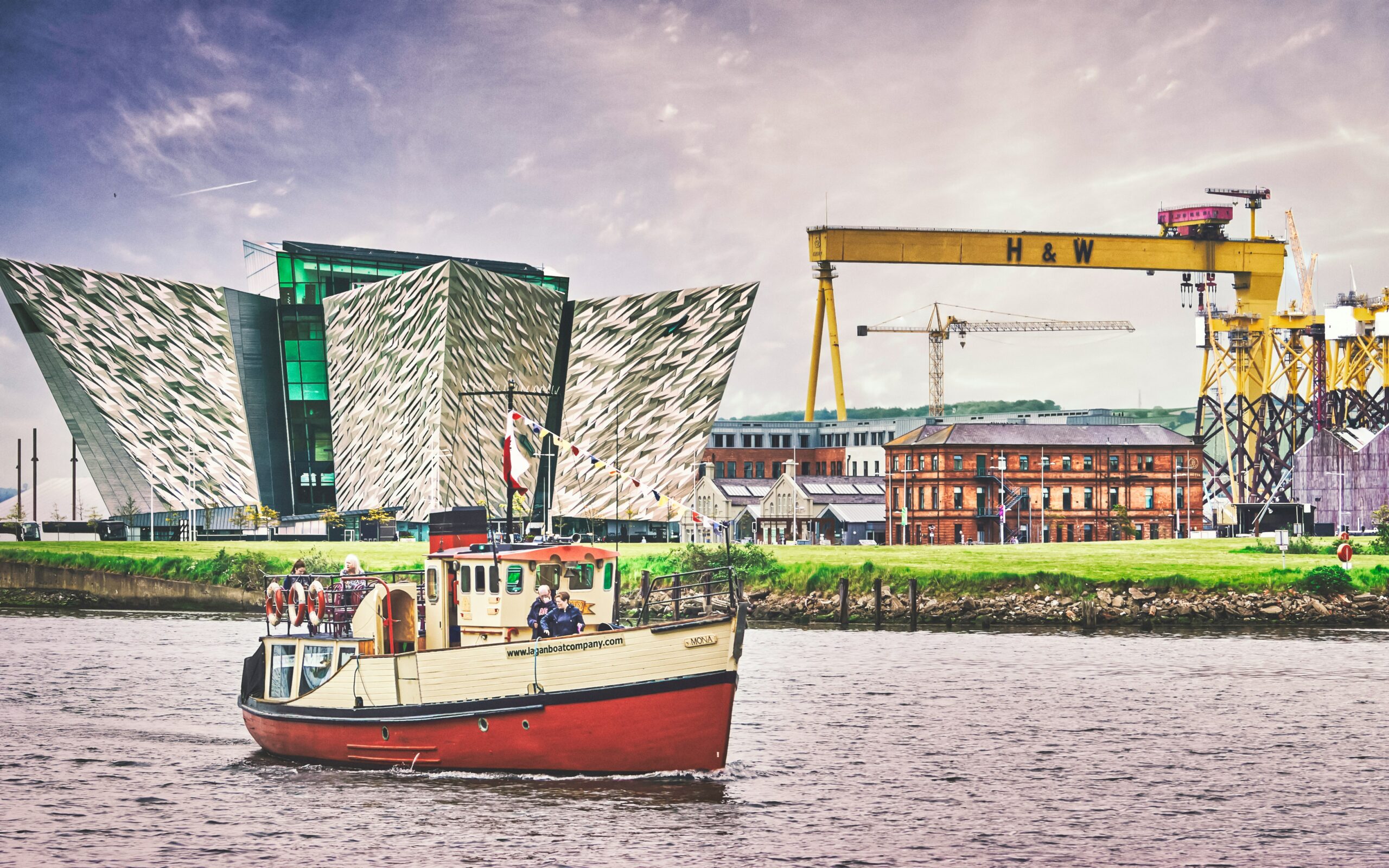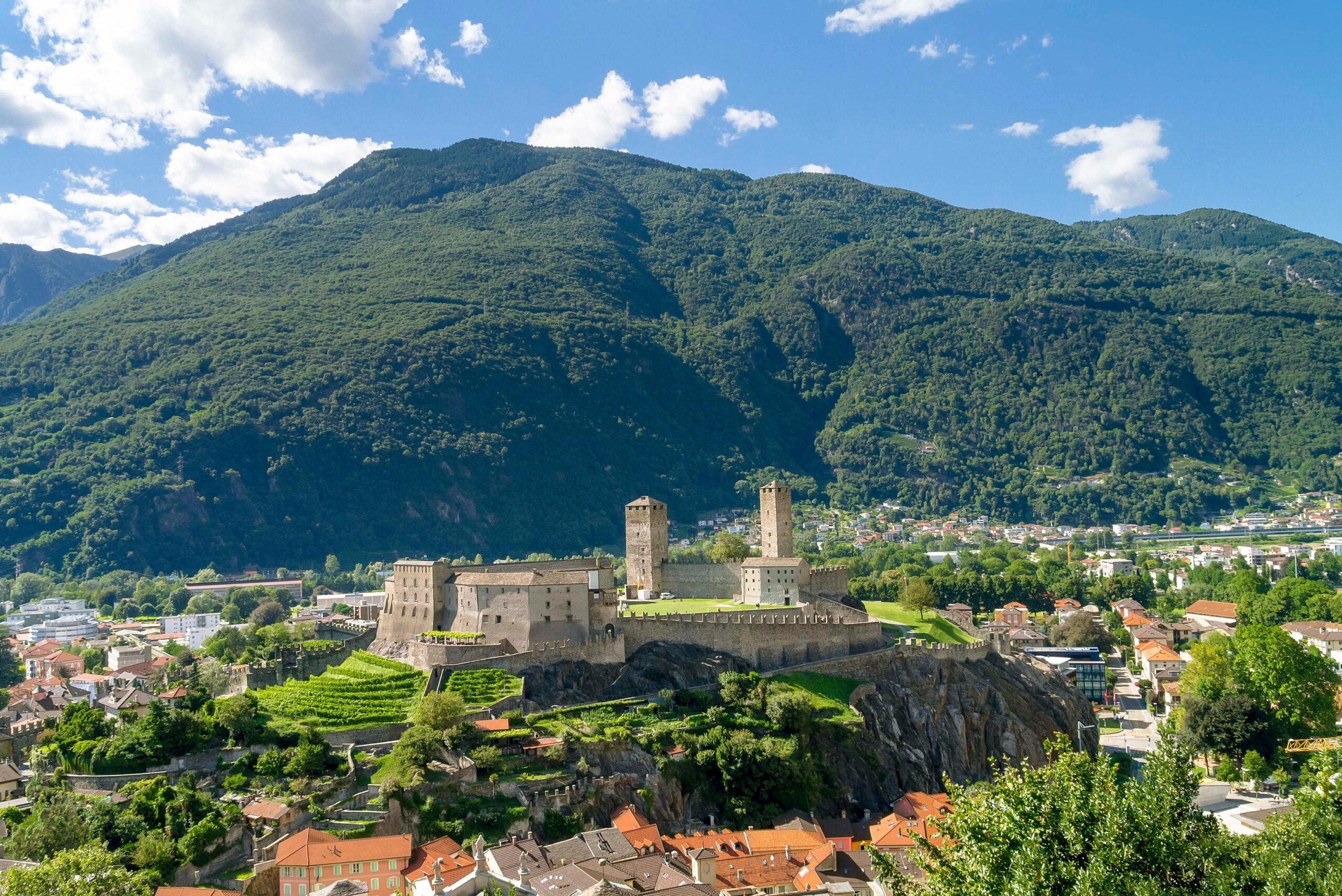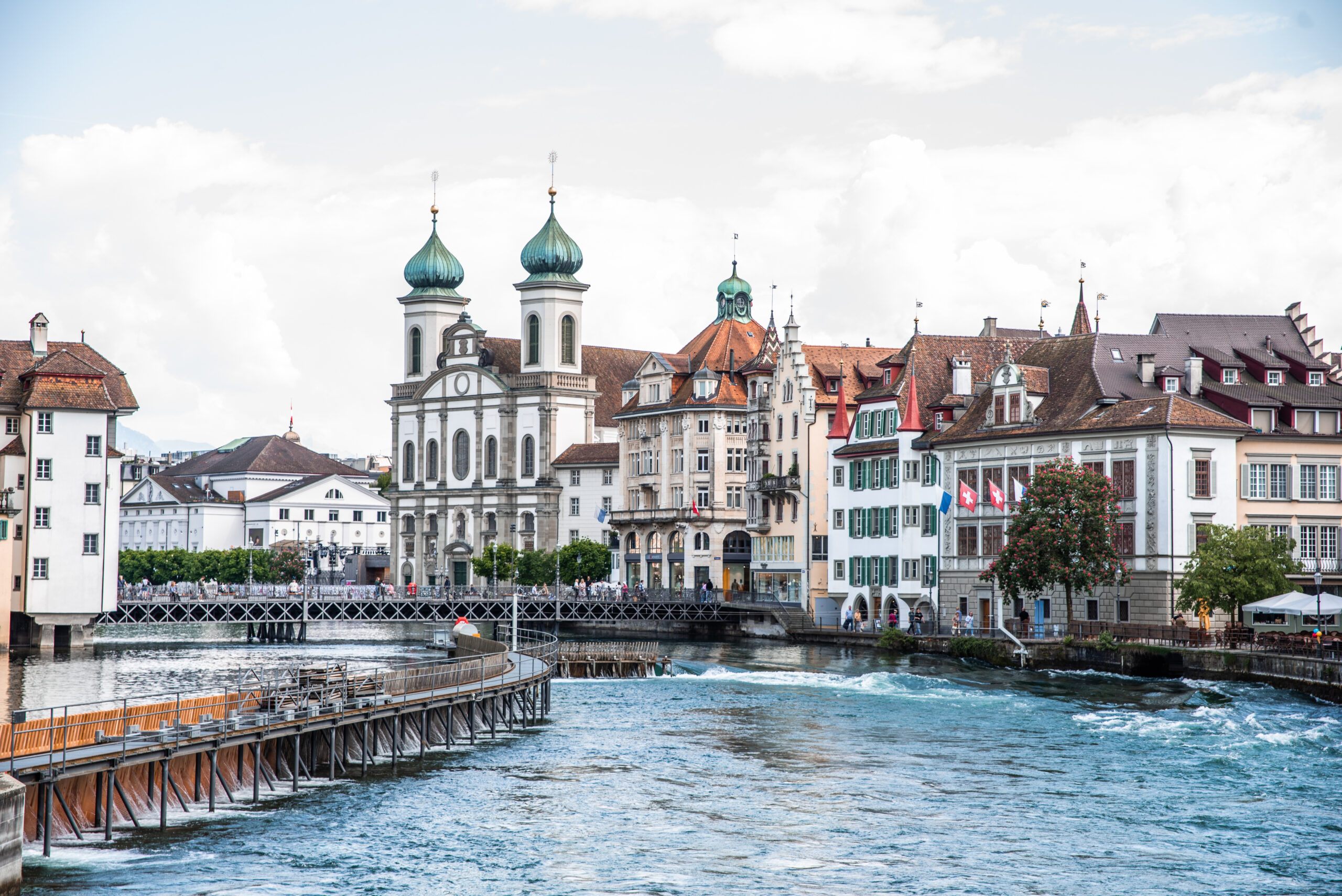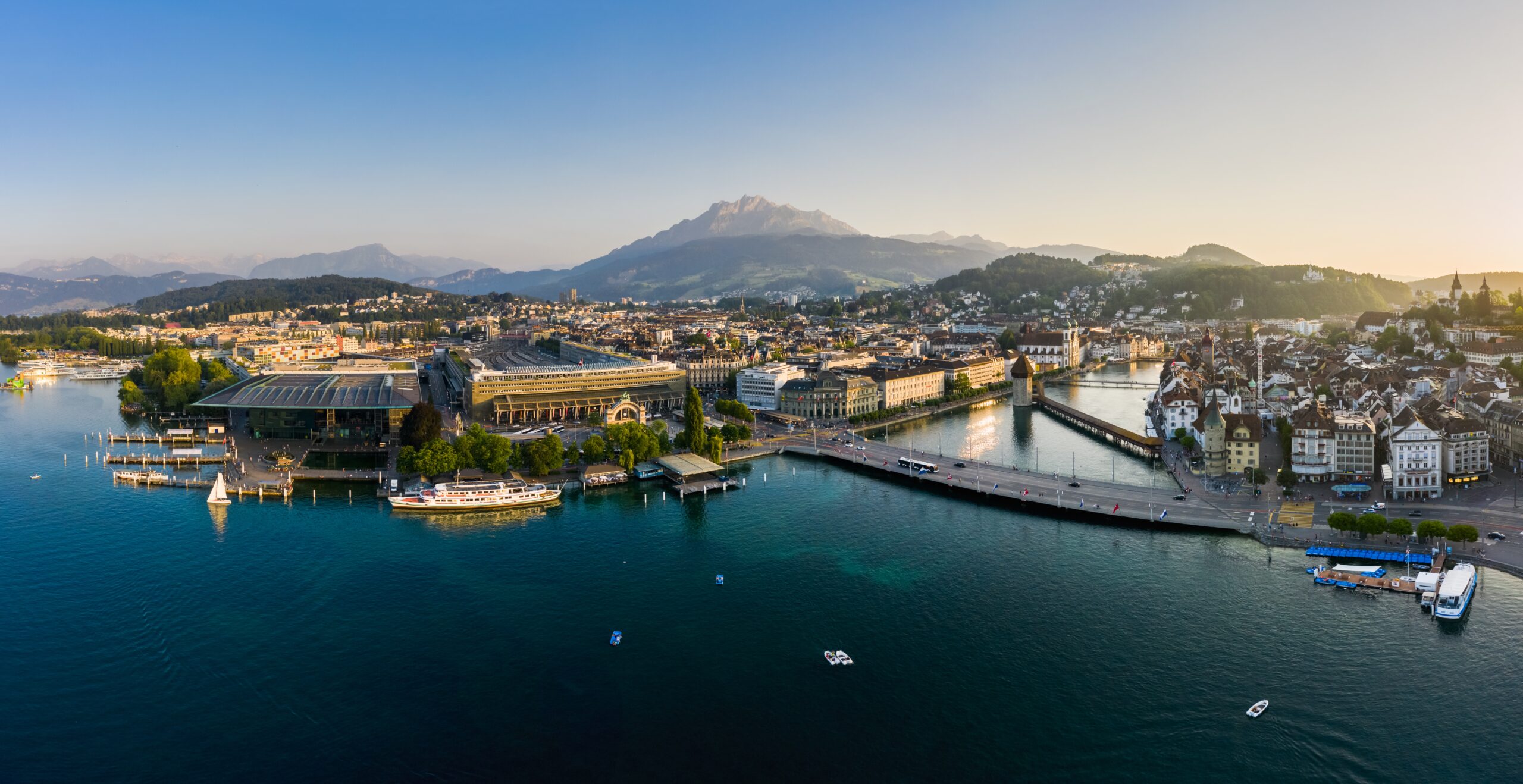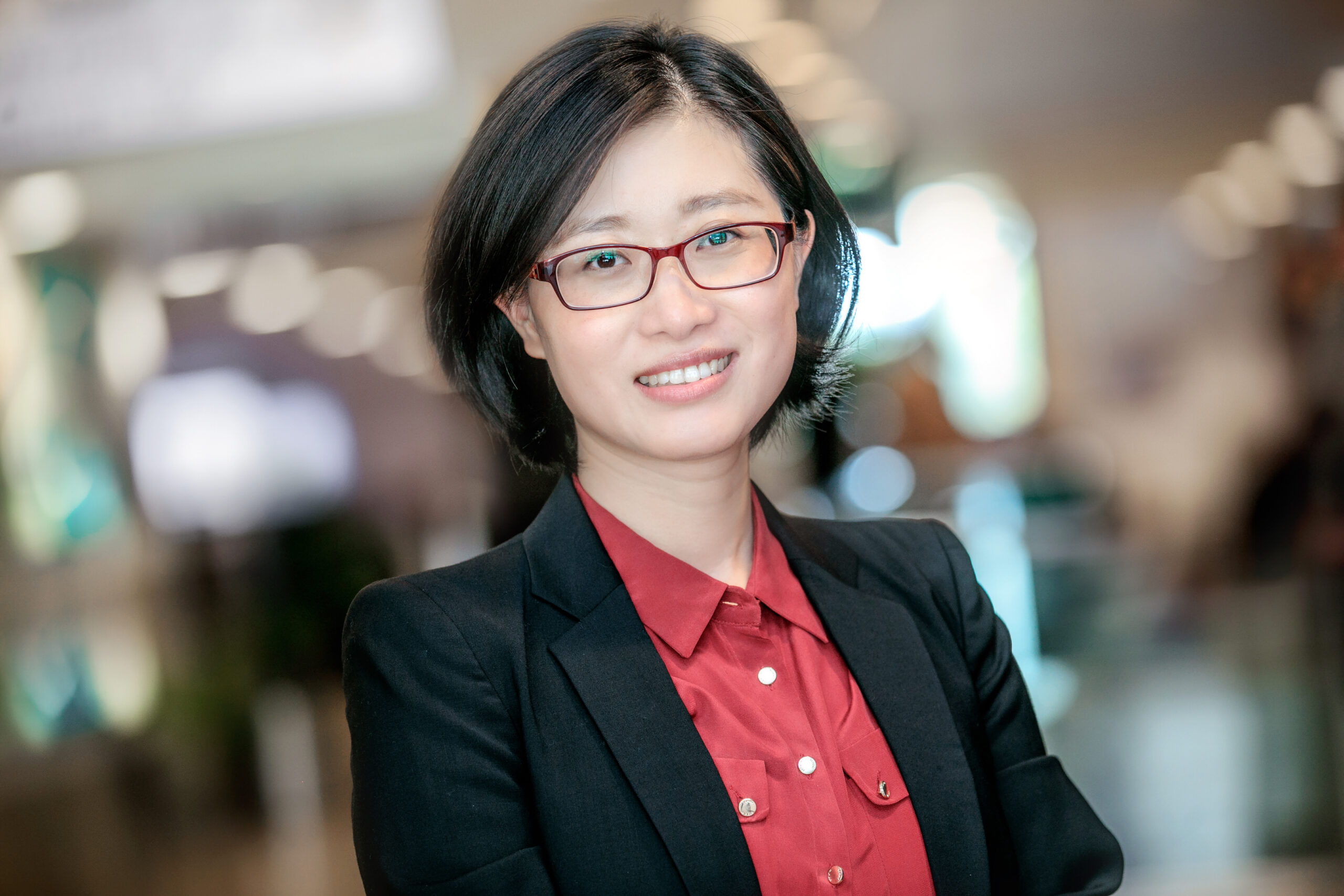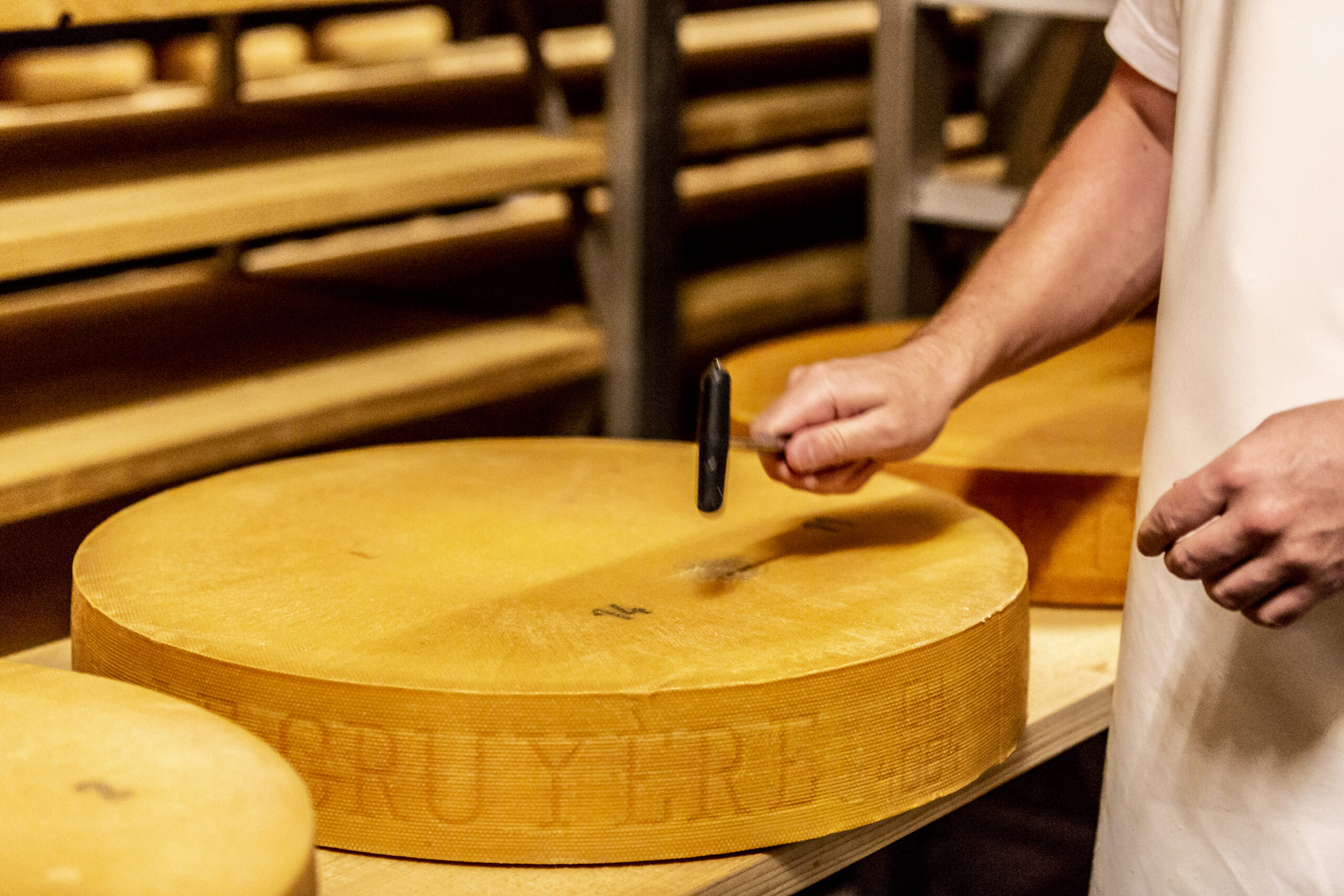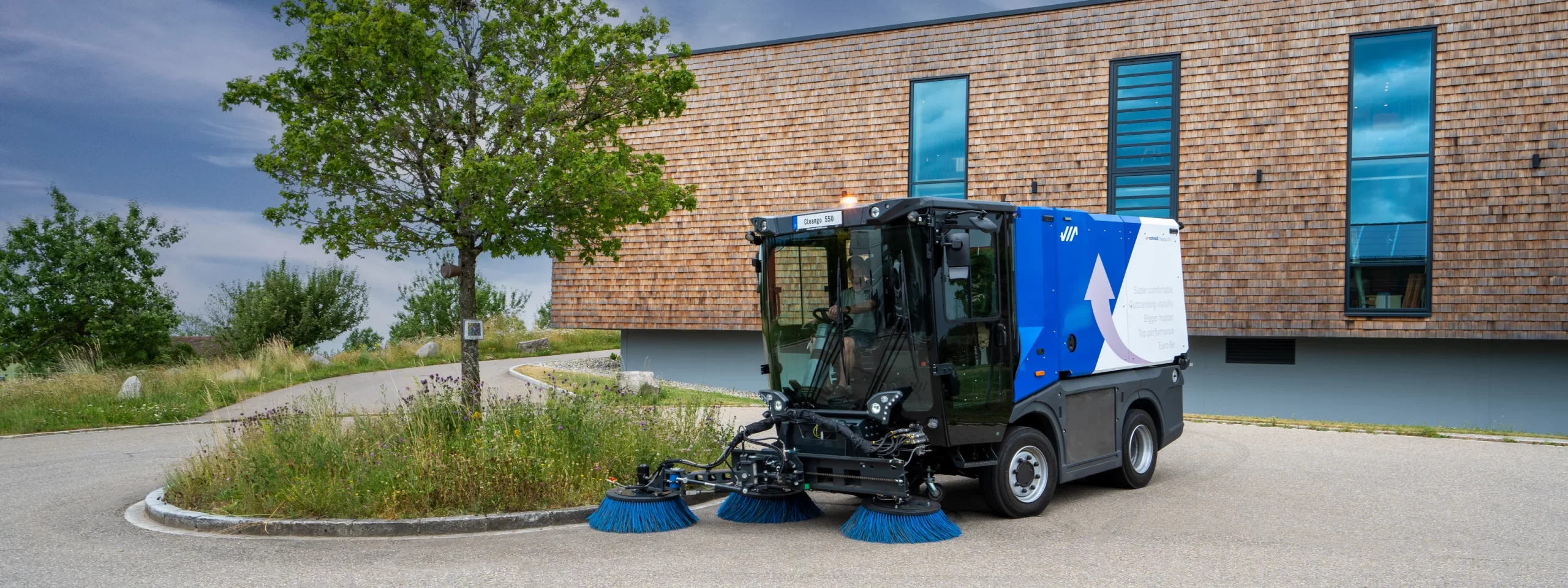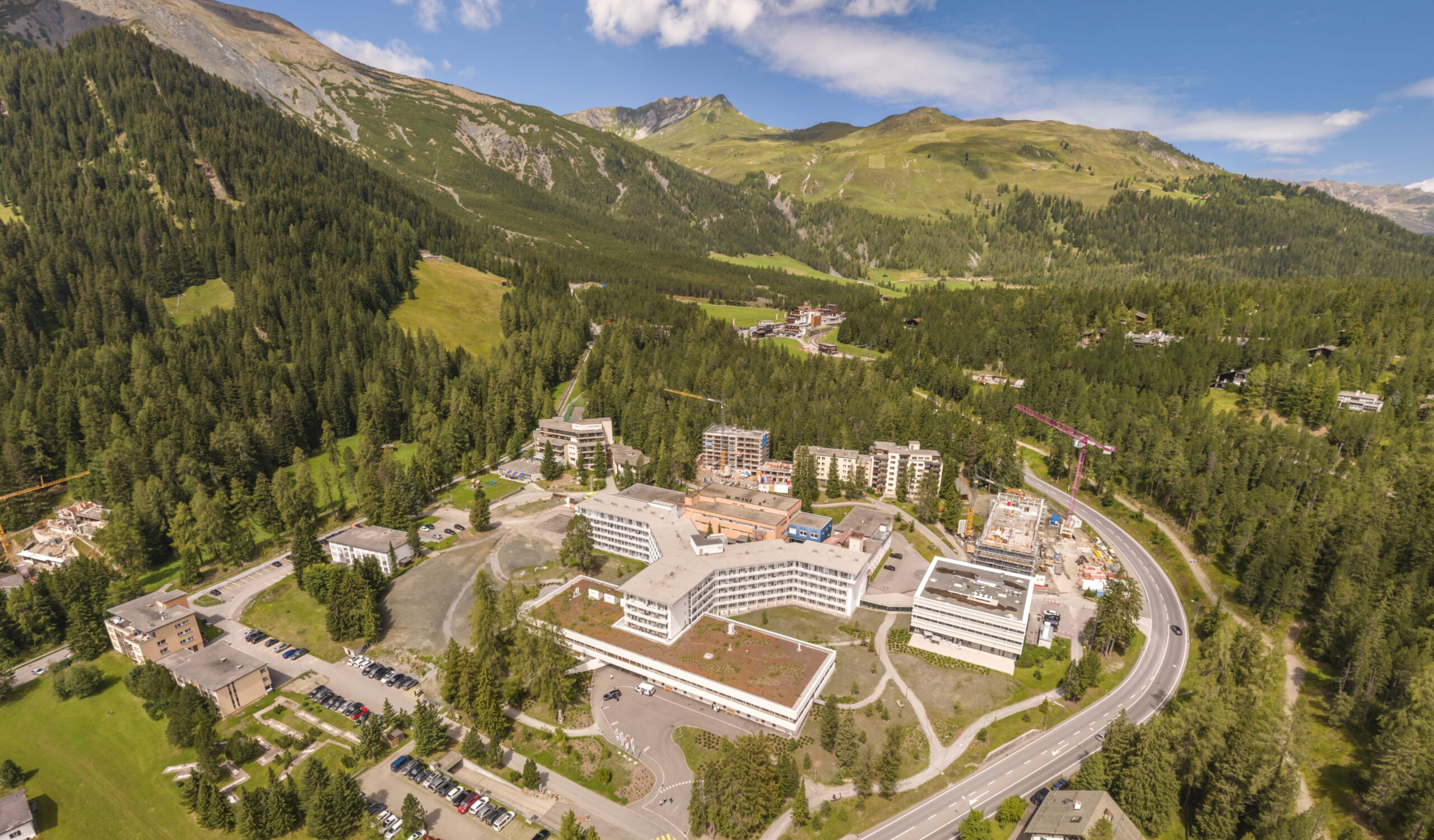
Since 1956, the Eindhoven University of Technology has driven innovation big time
Over the past decade, Dutch universities have attracted billions in research funding, establishing the Netherlands as a key player in global research in the process. Thanks to the efforts of institutions like the Eindhoven University of Technology (TU/e), this trend shows no signs of slowing down.
Mr. Robert-Jan Smits, president of TU/e, stated, “If you look at our country’s twelve universities, they are all in the top 200 universities of the world, which is just amazing for a small country. Thus, I think the Netherlands’ success largely has to do with rock-solid primary, high school, and university education where excellence is high on the agenda.”
TU/e: A Major Force in Dutch Education

One crucial factor behind the recent successes seen by Dutch research has been the collaborative atmosphere seen in the nation’s universities. In the Netherlands, institutions of higher learning are willing to work closely with the private sector—and they have been doing so for quite some time.
TU/e’s very existence stands as a testament to this spirit of collaboration between Dutch institutions and companies. More than 65 years ago, the university was created at the request of Royal Philips, which wanted a university that could give it access to up-and-coming talent and knowledge. To this day, a large number of professors at TU/e come from regional industry partners like ASML. Meanwhile, companies in the area contribute to funding for the university’s research and start-ups.

Since it was founded in 1956, TU/e has been a hotbed of Dutch innovation in the fields of engineering, science, and technology. In January, the King of the Netherlands opened a big modular battery systems factory of ELEO, one of TU/e’s many spin-offs.
Smits also spoke about TU/e’s focus on “challenge-based” learning, which has contributed to the success of start-ups like RIFT and Cellcius. He stated, “Groups of students from different departments and disciplines get together to work on a challenge often defined by a local industry—for example, building an electric motorcycle and driving it around the world or building an autonomous climate research vehicle that can run without kerosene or diesel in Antarctic conditions. These challenges make our students extremely entrepreneurial and bring them into close contact with the industry, contributing to the success of the start-ups we have here.”
The Future of Brainport Eindhoven
According to Smits, the Dutch economy has three main drivers: the Amsterdam airport, the Rotterdam seaport, and the Eindhoven “brainport.” He noted that the latter is set to become the Netherlands’ number-one economic motor. As an example of the region’s potential, Smits cited the nearby company and TU/e partner ASML (the sole manufacturer of EUV lithography machines, which are used in producing semiconductors), Europe’s largest deep-tech company.

With the BrainportEindhoven’s economy set to grow considerably in the coming years, TU/e plans to follow suit, increasing its enrollment from 14,000 to approximately 26,000 students. In fact, that economic boom has made TU/e one of only a few Dutch universities that currently has the opportunity to expand in such a large way. Smits said he expects this expansion will provide the talent needed to facilitate the enormous economic growth of the region.
Thanks to factors like the Netherlands’ talented English-speaking workforce, democratic legal system, and political stability, connections between the Netherlands and America will continue to be strong. According to Smits, protecting and developing this relationship is vital to the economic future of Eindhoven, the Netherlands and Europeas a whole. He stated, “More than ever before, the two sides of the Atlantic have to reach out to each other. As allies and friends, we need to invest in our relationship and work together. That is something we are very committed to, and it is why we are constantly looking to the United States for opportunities for cooperation.”




